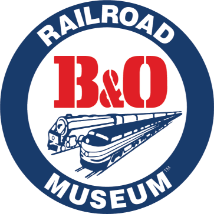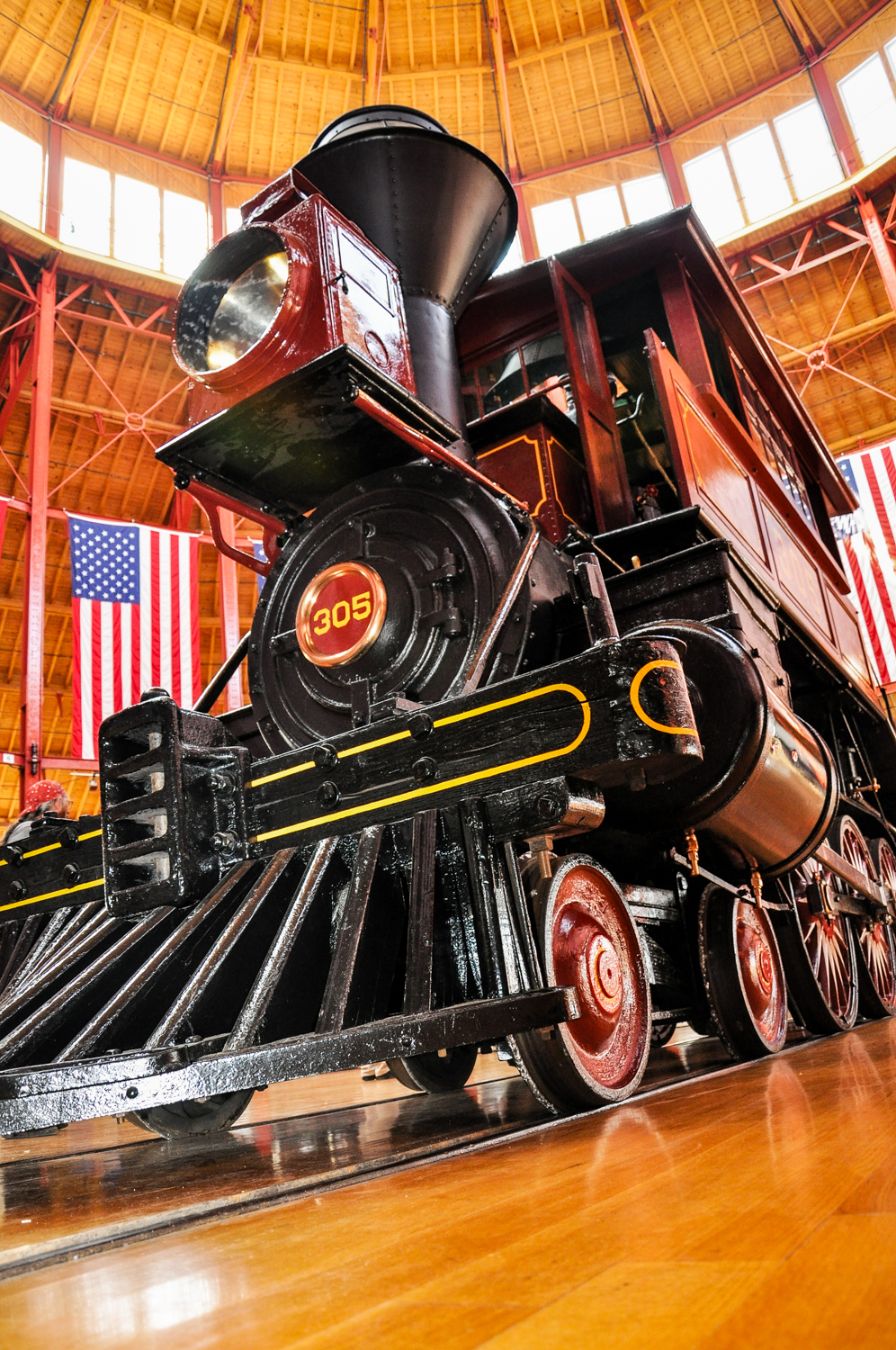Quick Facts
| Name | Camel |
|---|---|
| Manufacture Date | 1869 |
| Railroad Of Record | Baltimore & Ohio Railroad |
| Manufacturer | J.C. Davis; B&O Railroad |
| Rolling Stock Type | Steam Locomotive |
Description
The B&O No. 305 is a Camel type locomotive designed by J.C. Davis and built at Mt. Clare in 1869. First introduced by inventor Ross Winans in 1848, the Camel was a trademark of the B&O Railroad during the mid-19th century. The “Camel” nickname is derived from the engine’s peculiar humpback shape: to create space for an extra-wide firebox, the cab had to be placed directly above the boiler. The added weight gave the driving wheels better traction, thus allowing the Camel to pull heavy trains at 40 mph through the steep Allegheny Mountains.
The Camel design prioritized productivity over crew comfort. Cab temperatures would rise to become unbearable, and the engineer had a slim chance of survival should a derailment occur. The fireman had no shelter from inclement weather. Making problems worse, the fireman and engineer were too far apart to communicate. Despite these issues, Winan’s 0-8-0 Camel design was reproduced over 200 times for the B&O and other railroads. For more than a decade, Camels were the dominant freight engines of the B&O Railroad.
In 1853, B&O Master of Machinery Samual J. Hayes successfully combined the Camel body type with a 4-6-0-wheel arrangement. The B&O’s production of Camels was halted c.1856, when Thatcher Perkins took over as Master of Machinery and began producing 4-6-0 ten-wheelers, like the No. 147, for mountain passenger services. This break in Camel production ended when Perkins’ role was passed on to J.C. Davis, who oversaw the production of 100+ Camel ten-wheelers between 1868 and 1878.
Originally numbered as the B&O No. 217, this Camel was primarily used to pull passenger trains through the steep mountain grades west of Cumberland, MD. In 1884, the B&O renumbered its entire roster, and the Camel became No. 187. In 1893, the locomotive was rescued by a B&O publicist, renumbered as B&O No. 129 to look like a different locomotive, and displayed at the World’s Columbian Exhibition. The misnumbered locomotive was similarly presented to the public at the 1904 St. Louis World’s Fair. During the 1927 Fair of the Iron Horse, the Camel was seen wearing its original number, No. 217. The Camel was severely damaged during the 2003 Roundhouse roof collapse. Shortly thereafter, the Camel was restored and renumbered as the No. 305.
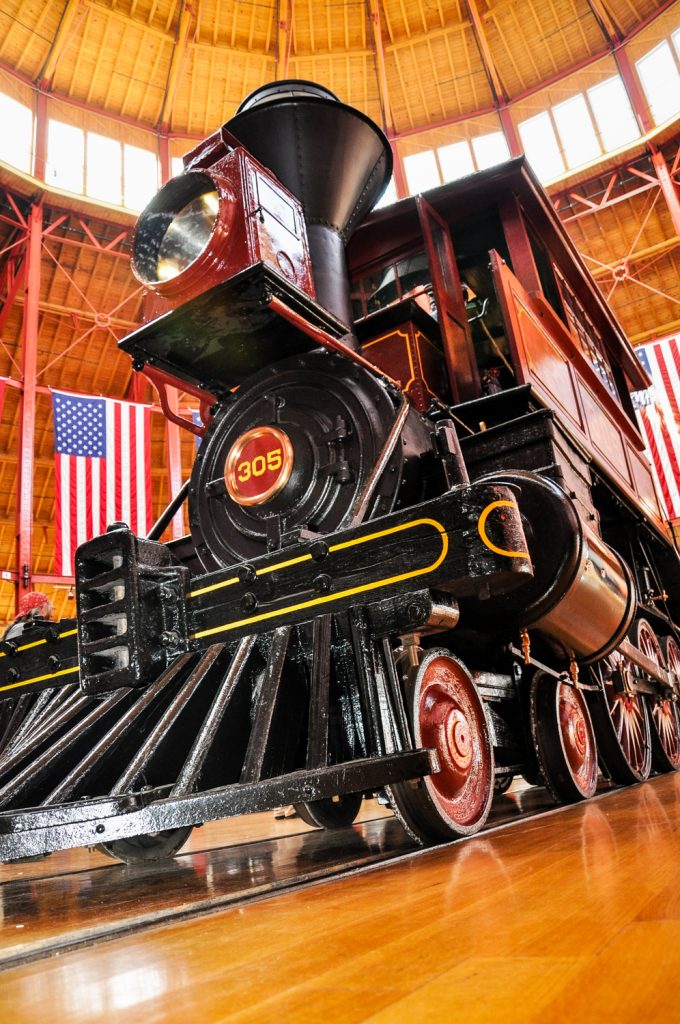
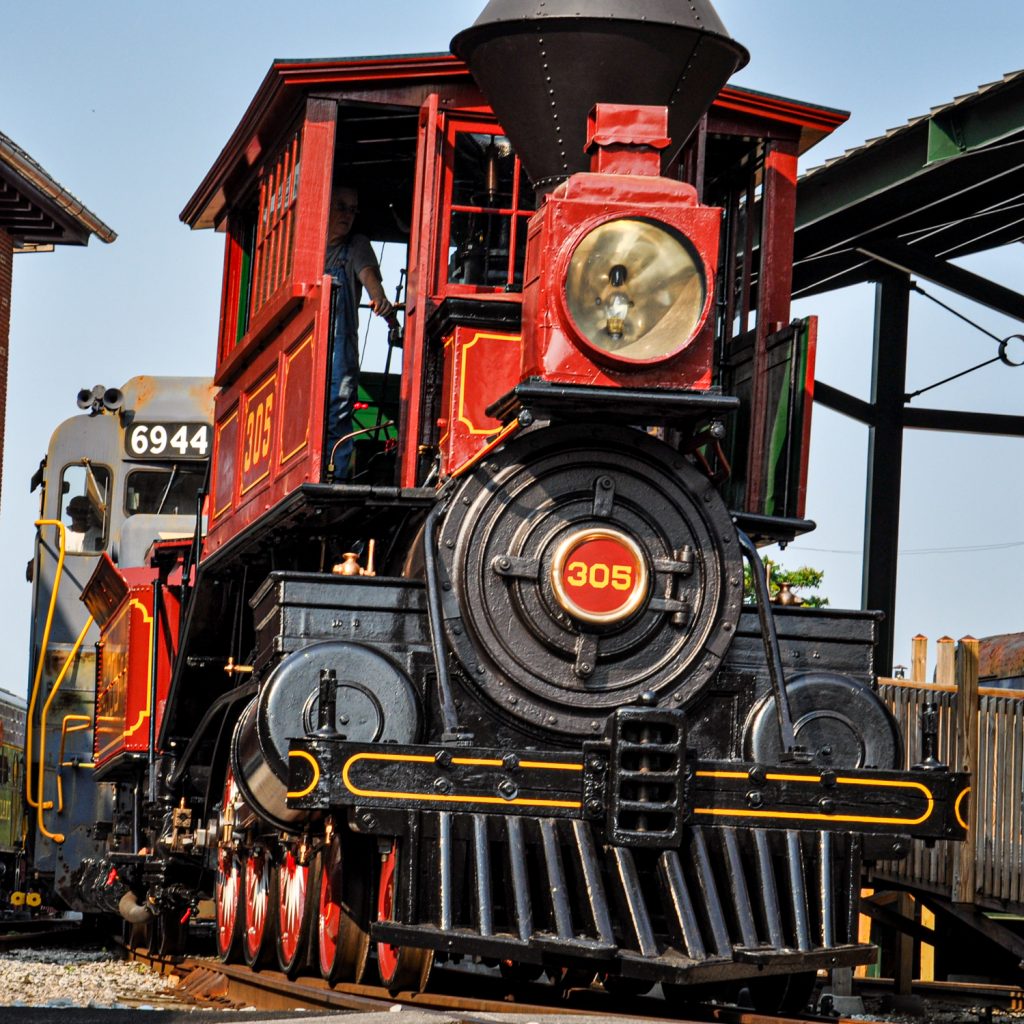
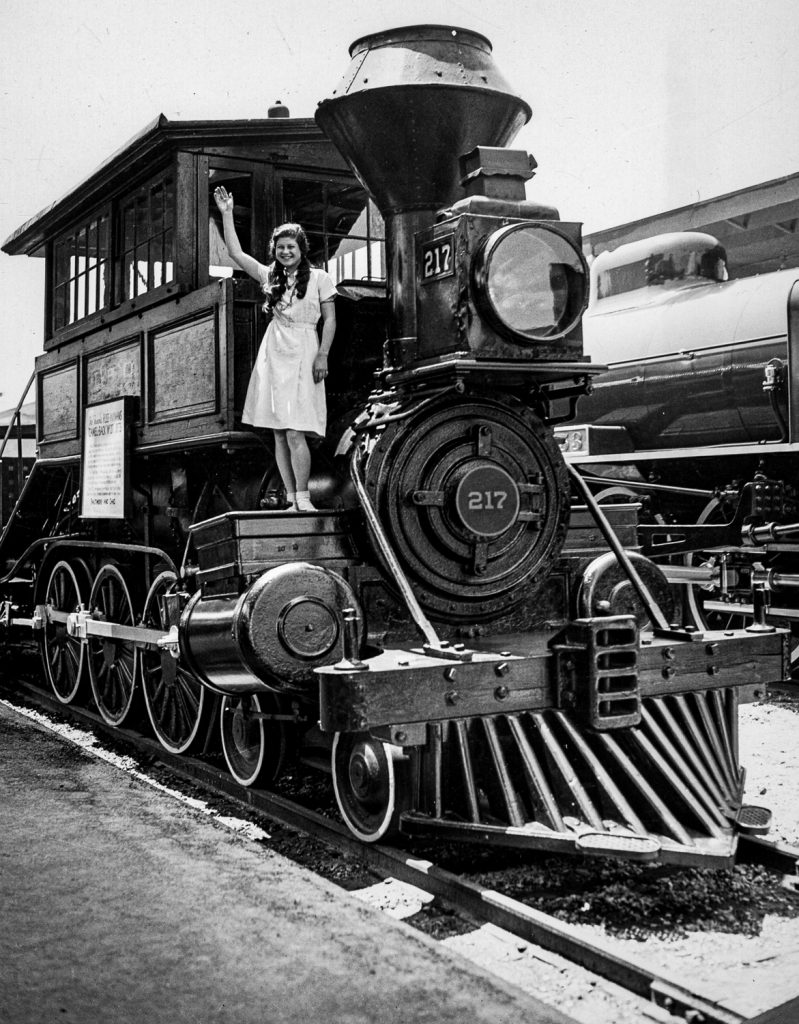
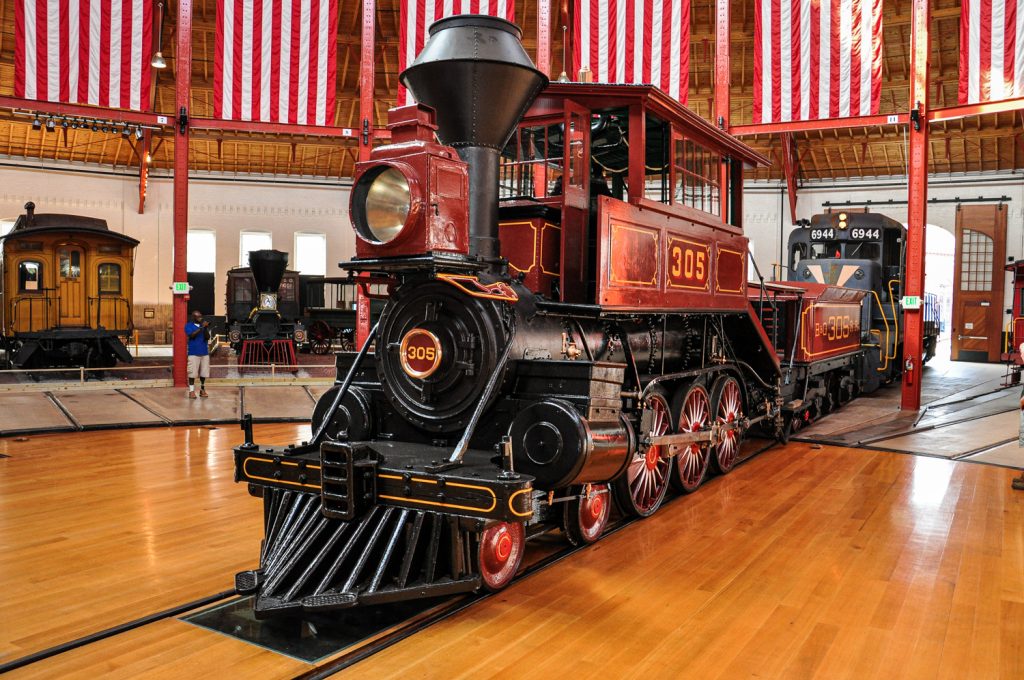
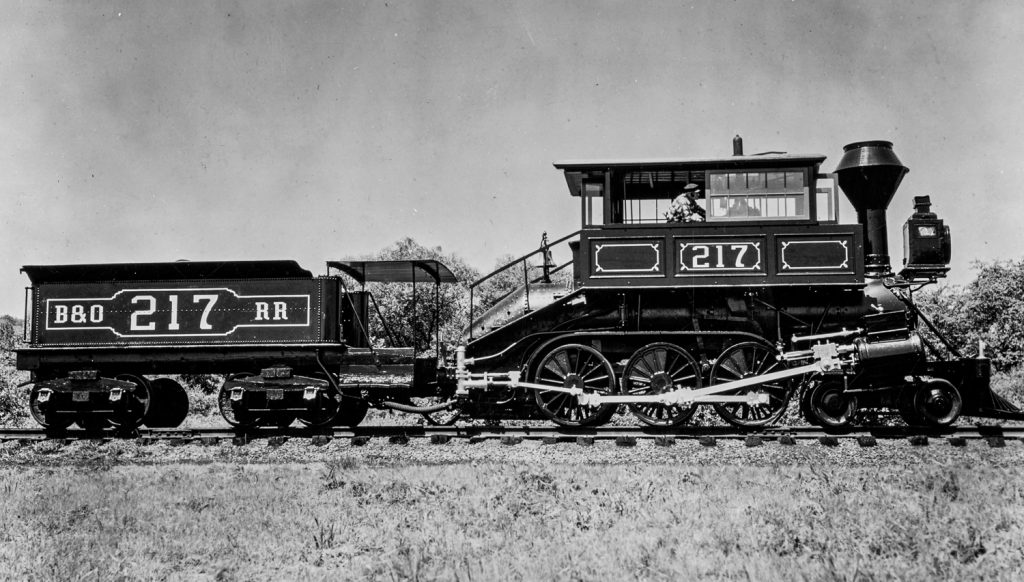
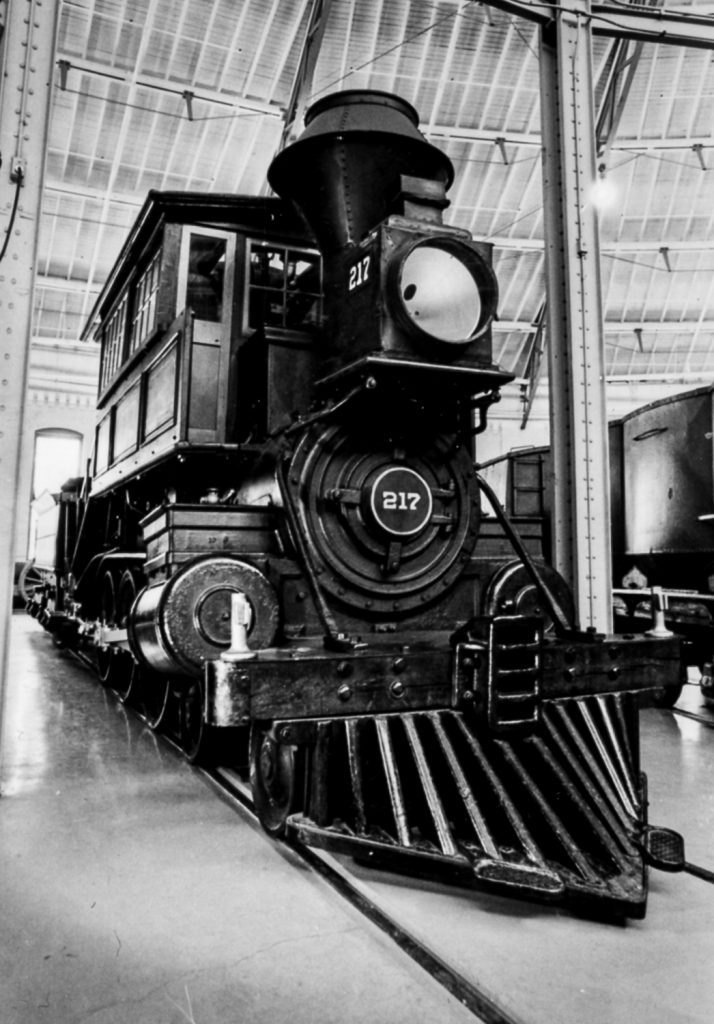
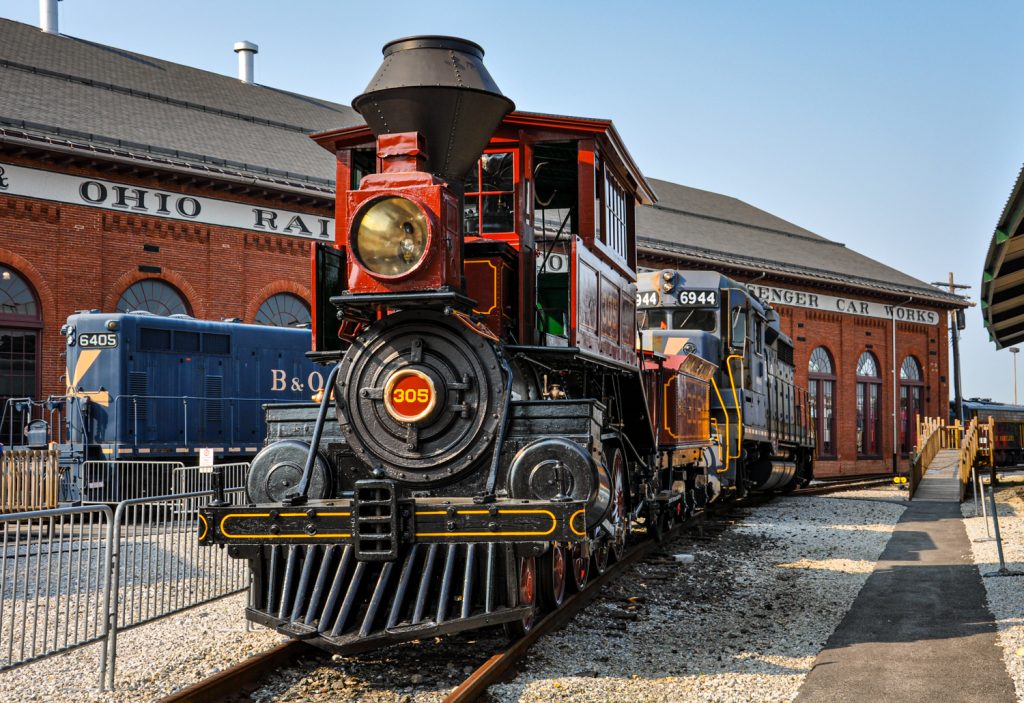
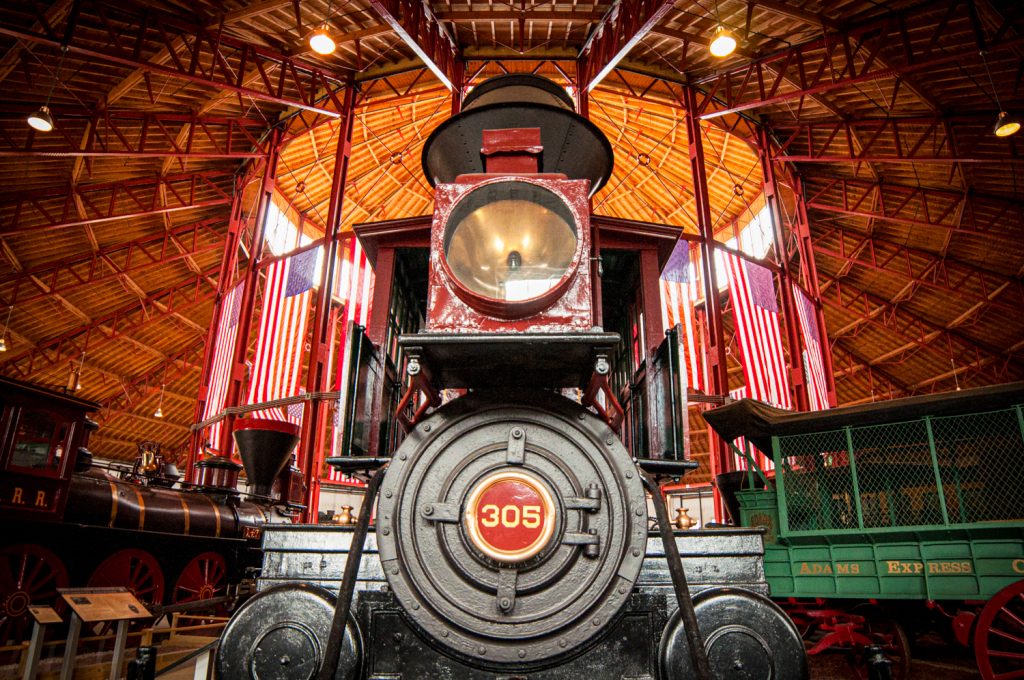
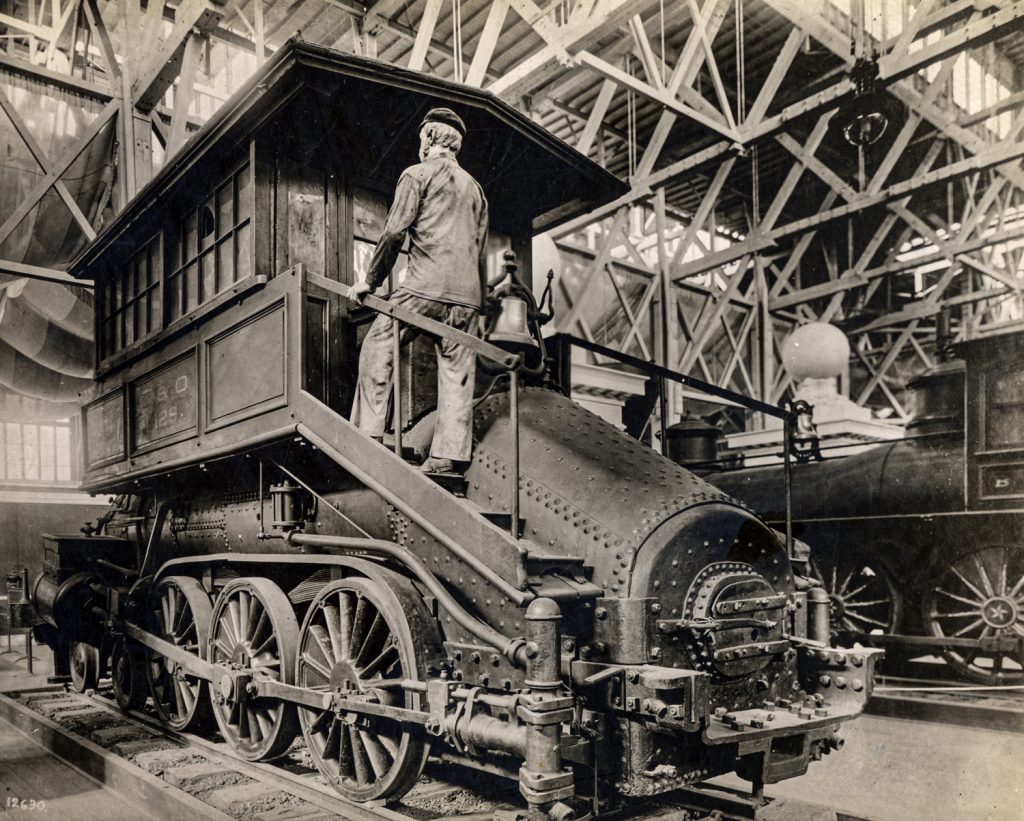
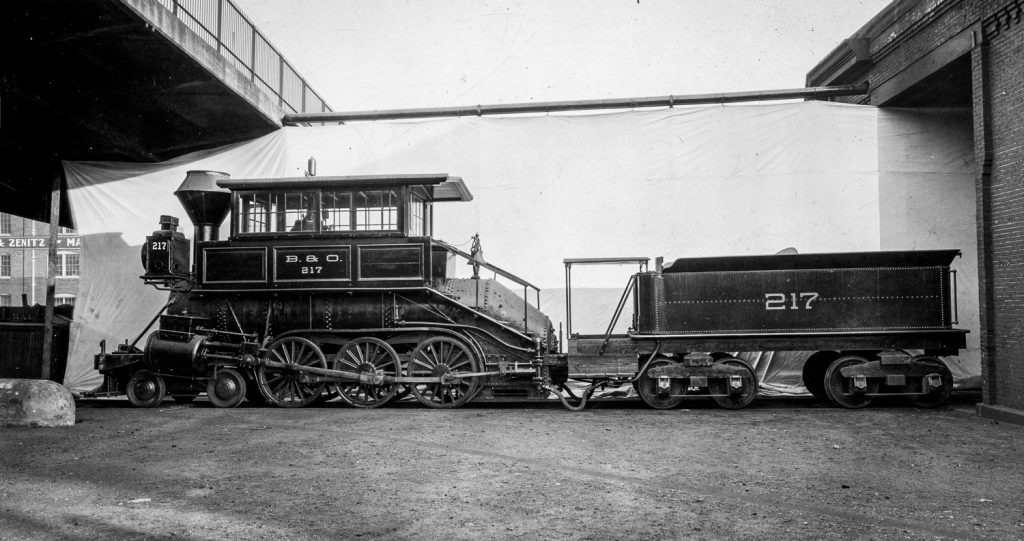
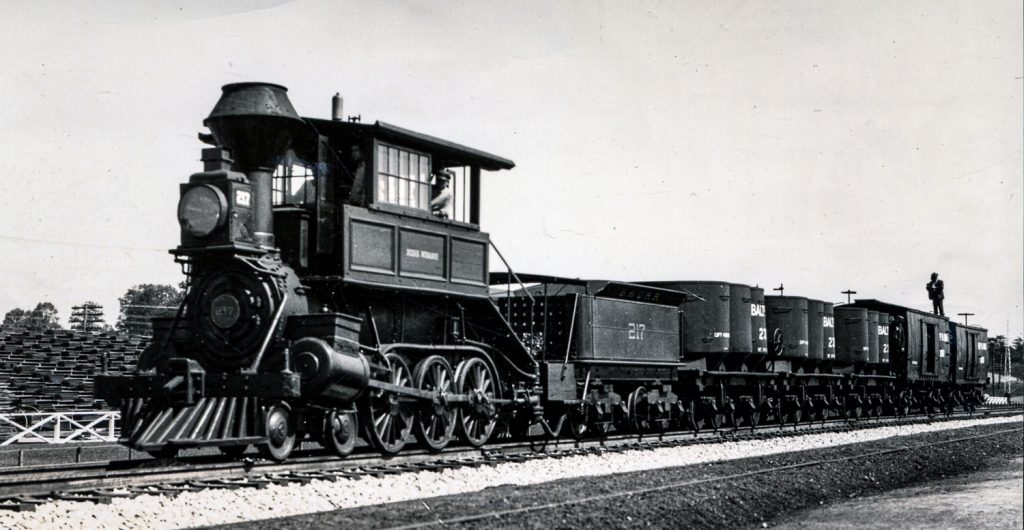
Can't Get Enough?
There’s even more to explore. Check out this and other unique pieces from our collection.
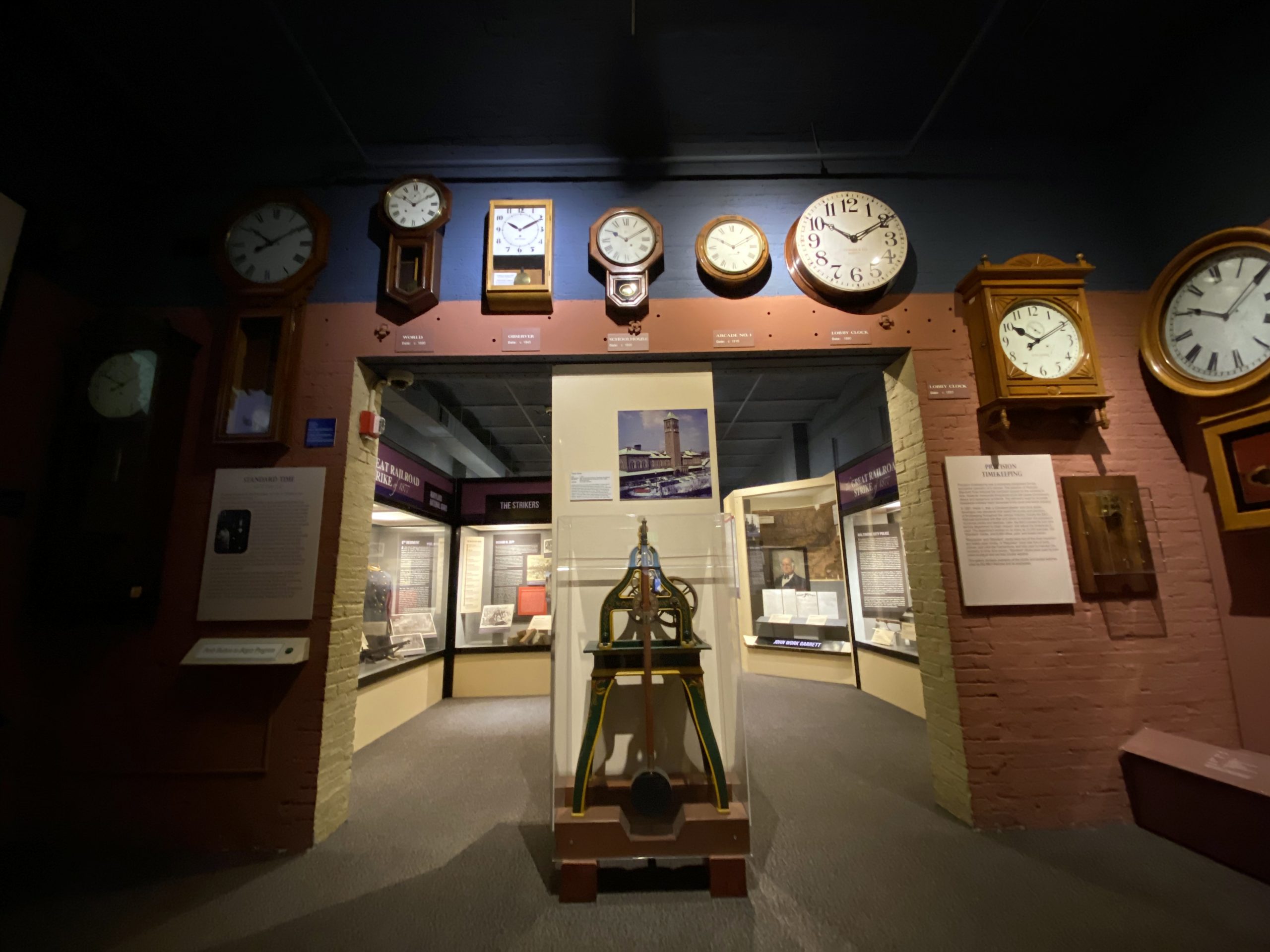
Did You Know?
Railroads made possible the standardization of time in the United States.
